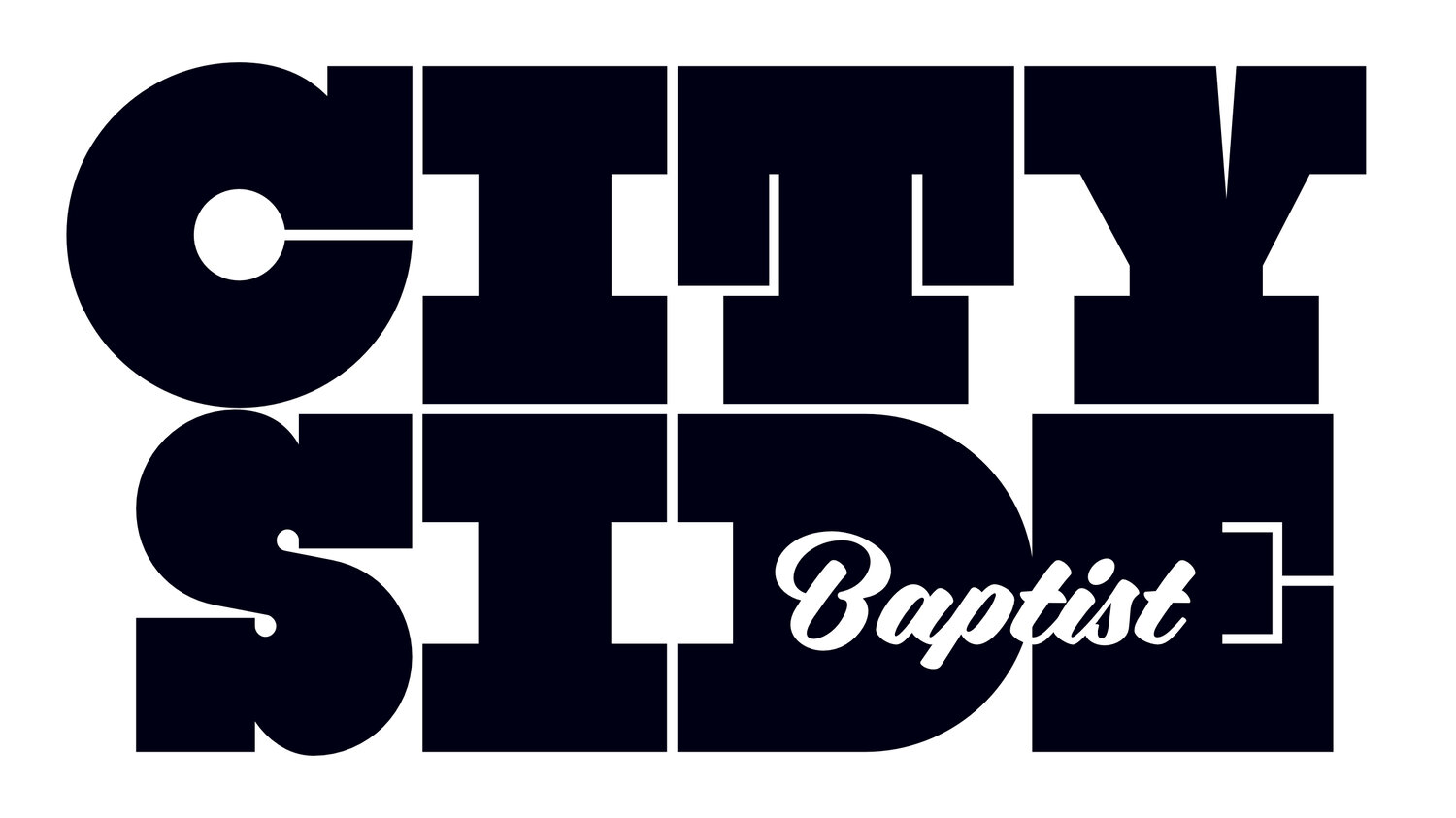Life on the Edge
Our connection to Newmarket Stream
On a rainy day at Cityside, when water trickles and gushes down roadside drains, have you ever wondered where it goes? Is there a stream that drains the water from this land, out to the harbour? How does the story of water connect us to the history of this area, and what can it tell us about ourselves?
Given our position- at the juncture between the major transport routes and ridgelines of New North Rd, Mt Eden Rd, Symonds St and Khyber Pass- it’s not surprising that we find ourselves “on the edge” of several stream catchments. With a bit of squinting and requests for second opinions, it appears from the Council’s topographical mapping tool that Cityside is at the very top of a catchment which drains water from the Newmarket and Epsom area, out through Newmarket Stream to the Waitematā Harbour, at Hobson Bay.
Curious to find out more about this stream, Pete and I spent an afternoon exploring it’s above-ground passage, from Newmarket Park off Ayr St, down to its eventual emptying into the harbour beyond the cricket grounds of Thomas Bloodworth Park. What we discovered, sadly but unsurprisingly, was an extremely modified stream, functioning more as a stormwater drain than a healthy, living ecosystem.
Pete’s previous life experience as a civil engineer came in handy, as we fossicked around the various concrete structures and manhole covers that abound in and along the banks of the stream, testimony to the wastewater and sewerage systems that utilise this space. Sitting at the bottom of a very steep-sided, landslide-prone gully, the stream’s banks are a profusion of mostly introduced weeds and pest plants. The stream itself has been lined with concrete and straightened to form a channel for water to exit as quickly as possible. It’s not what you’d call pretty, or full of life.
The story of Newmarket Stream is typical of many urban streams in Tāmaki Makaurau. According to early European explorers in the area, Newmarket (as it became known) was crossed by “gullies in which flowed streams of the freshest water”. The Newmarket swamp and the many tributaries of the stream fed into a waterfall that drained into Hobson’s Gully, which was described as one of the “most romantic spots in Auckland.”
The area’s Māori inhabitants had been drawn to the stream as well, and a Papakainga known as Te Ruareoreo (meaning ‘echoes’, or ‘the duplicating of voices’) was sited beside the gully, when Europeans first arrived here. Tragically, the Papakainga was abandoned when the stream became polluted with effluent from a slaughterhouse established further up the gully in 1850.
Around 1880, a limited drainage scheme was constructed in the area to take run-off in glazed pipes from Khyber Pass and Newmarket streets into what had become known as “Slaughterhouse Creek”. The effluent then flowed down into Hobson Bay. Between 1906 and 1912, “proper” sewerage was installed in the borough, and in 1929 a storm water drain system was constructed.
Fast forward to today, where a small group of passionate local stream neighbours known as “From the Deck” have banded together to restore the stream. “The Newmarket restoration project aims to raise awareness of the ecological value of the stream and the importance of maintaining fresh clean water. It aims to generate engaged and active local communities, empowered with a sense of kaitiakitanga (guardianship)”, says the group’s founding document. The group are involved in hands on actions such as weed removal, restoration planting and maintenance of native plant cover. They aim to foster “an increased sense of belonging in the community”.
So what does all this have to do with Cityside? Newmarket Stream feels a long way from our little corner of the catchment, but it’s important for us to know what impact we’re having on the wider ecosystem, especially as we aim, as a community, to “work towards the restoration of all of life”. Whether through monitoring what’s going down our drains, planting rain gardens to slow the passage of water through the landscape, or by joining in planting and weeding days, we can contribute to the health of our stream and our place.
And an understanding of where we sit in relation to stream catchments may also help us to understand more about the essence or spirit of Cityside. What does it mean for us to be “on the edge” and “at the juncture”? Does the physical location of Cityside influence how we function as a community and how we relate to the wider world? All questions to ponder as we watch the water trickling down our drains.
